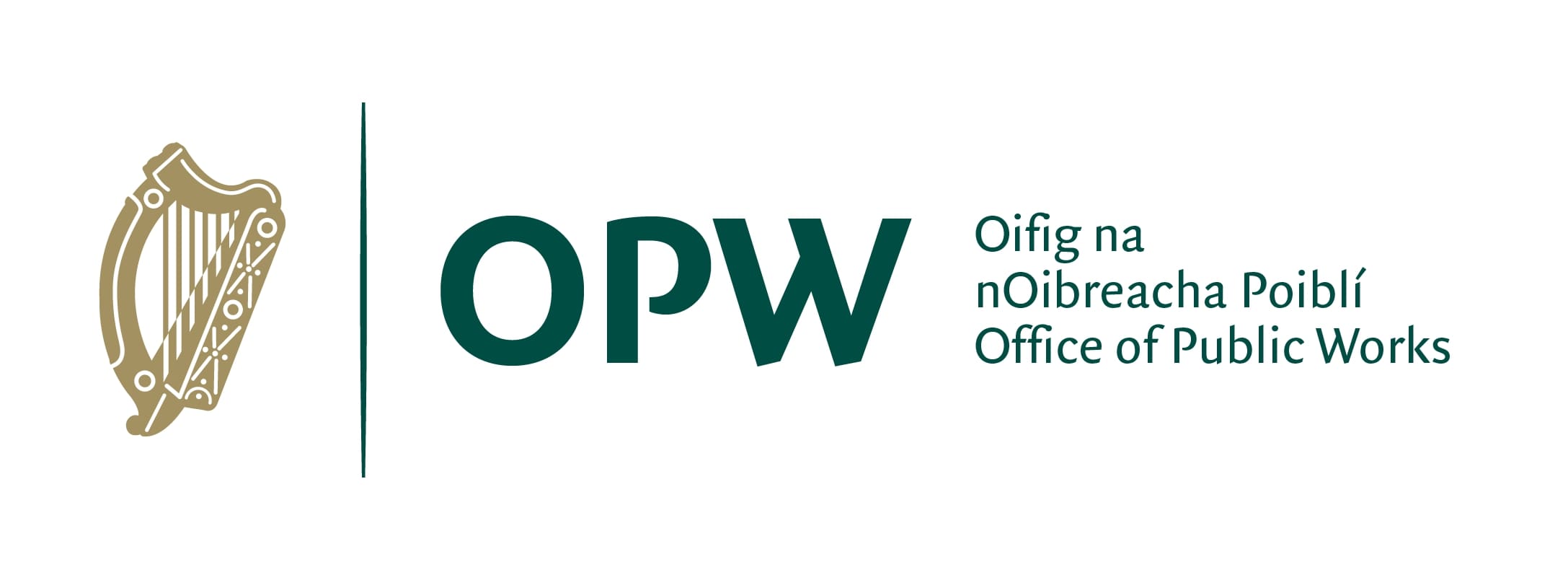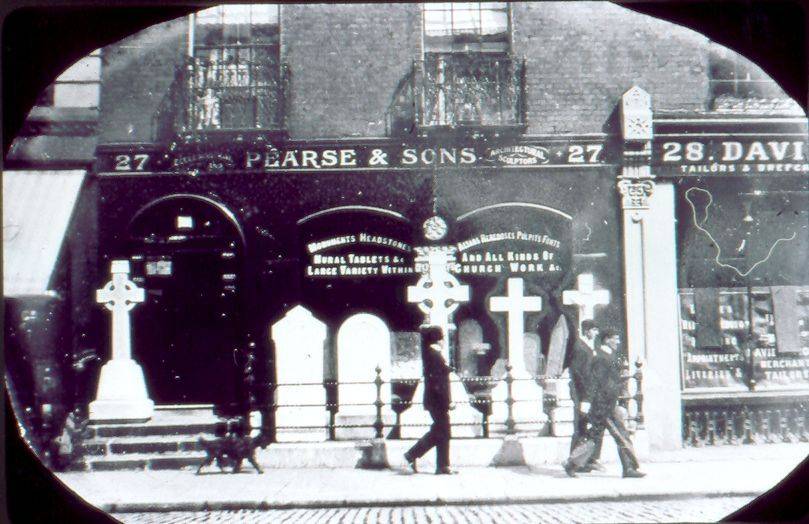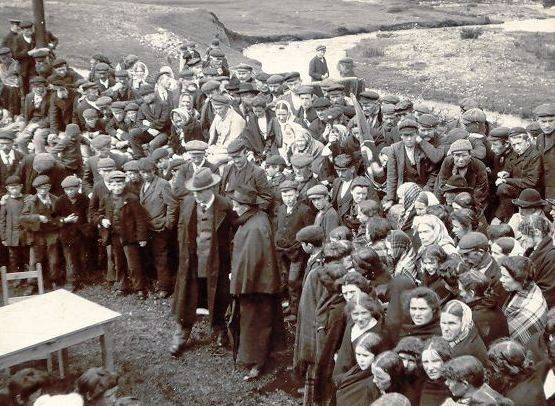Patrick Pearse

“… when my father and my mother married there came together two very widely remote traditions – English and Puritan and mechanic on the one hand, Gaelic and Catholic and peasant on the other; freedom loving both, and neither without its strain of poetry and its experience of spiritual and other adventure. And these two traditions worked in me, and, fused together by a certain fire proper to myself, … made me the strange thing that I am.”
– Patrick Pearse, Autobiography.
Family
Patrick’s father, James Pearse, was an English stonemason who came to Ireland in 1857. Following the death of his first wife in 1876, he married Margaret Brady, a nineteen-year-old shop assistant. James was largely self-educated and had a love of books and learning. In politics he was a supporter of the radical English republican and atheist, Charles Bradlaugh. He also wrote a pamphlet in defence of Home Rule in Ireland.
Margaret Pearse, in contrast, came from a traditional Irish Catholic family. She was a pious woman and devoted to her children, Margaret (born 1878), Patrick (born 1879), William (born 1881) and Mary Brigid (born 1884). She was a very loving mother and Patrick was particularly close to her.
Pearse and Sons
James Pearse’s reputation as a stone carver grew over the years. In 1890 he set up his own company, Pearse and Sons, which soon became one of the largest monumental sculpture businesses in Ireland. His work can still be seen in churches in both Ireland and Britain.
Growing up living beside their father’s sculpture yard, and surrounded by his lavishly illustrated art books and casts of famous sculptures, both Pearse brothers developed an appreciation of art. William inherited his father’s artistic skill and studied art in the Metropolitan School of Art in Dublin before going on to further study in Paris and London. The brothers ran Pearse & Sons for several years after the death of their father in 1900.
“If ever in an Irish church you find, amid a wilderness of bad sculpture, something good and true and lovingly finished you may be sure that it was carved by my father or by one of his pupils.”
– Patrick Pearse, Autobiography.
Education
Both Patrick and William Pearse were pupils at the Christian Brothers School on Westland Row. Patrick continued his studies at the Royal University, Dublin where he was awarded a BA in Modern Languages. At the same time, he was studying law at the Kings Inns and was called to the bar in 1901. However he only ever took one legal case.
Aged just sixteen, Patrick and a school friend set up the New Ireland Literary Society, which was devoted to promoting Gaelic literature. Pearse was elected president and both he and his siblings were heavily involved in the Society’s activities. His first published work, Three Lectures on Gaelic Topics, was based on papers he had delivered to the members of the society.
“From childhood my brother was always exceedingly studious, which accounts for his being grave and quiet beyond his years. One seldom saw him without a book open before him, or tucked away under his arm. Books concerning Ireland were, of course, first favourites; but he was always wonderfully interested in nature studies and children’s stories. Pat inherited this taste for literature from our father, who was not only a widely-read man, but was also a very able writer.”
– Mary Brigid Pearse, The Home Life of Patrick Pearse.
The Gaelic League
Founded in 1893, the Gaelic League aimed to preserve and revive the Irish language. Patrick Pearse was one of its most enthusiastic members. Having joined at the age of sixteen in 1896, he became a member of its Executive Committee only two years later. He made frequent visits to the Irish speaking areas of the West of Ireland, both on Gaelic League business and to improve his Irish. In 1903 he was employed in the influential role of editor of the League’s newspaper An Claidheamh Soluis (‘The Sword of Light’).
As editor, Pearse urged the creation of modern literature in Irish. Although he had published several translations of Irish folk tales, his first work of fiction was a boy’s adventure story called Poll an Phiobaire, which he wrote under the pseudonym ‘Colm Ó Conaire’ in 1905. Over the following years he became one of the leading modern writers in Irish, producing short stories, poems and plays.
“An uair do cuireadh Conradh na Gaeilge ar bun ba cheart do gach duine dár lean de a chúl do thabairt ar an gcathair agus a aghaidh do thabhairt ar an tuaith. Ba cheart dó dul imeasc na ndaoine a raibh an Ghaelige acu agus fanúint ina measc.”
– An Barr Buadh.
Read More
Pearse’s poems, plays, and short stories, on CELT



